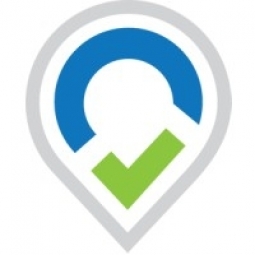Customer Company Size
Large Corporate
Country
- United States
Product
- KORE LOCATE
- PRiSMPro
Tech Stack
- Global Site Identification (GSID)
- Mobile Network Location API
Implementation Scale
- Enterprise-wide Deployment
Impact Metrics
- Cost Savings
- Productivity Improvements
Technology Category
- Platform as a Service (PaaS) - Connectivity Platforms
Applicable Industries
- Telecommunications
- Transportation
Applicable Functions
- Logistics & Transportation
Use Cases
- Track & Trace of Assets
- Vehicle Telematics
Services
- Cloud Planning, Design & Implementation Services
- System Integration
About The Customer
KORE is the largest Internet of Things (IoT) and machine-to-machine (M2M) service provider of global machine-to-machine network connectivity executed by its GSM, CDMA and satellite data services. It offers connectivity to the telematics and telemetry industries, providing programs such as vehicle location, utility metering, payment processing, landfill monitoring, asset management, offender tracking, home security and environmental monitoring. As technology evolves the demands of customers change accordingly and KORE customers began requesting processes to instantly locate their assets.
The Challenge
KORE, a leading IoT and M2M service provider, faced a challenge when its customers began requesting processes to instantly locate their assets. A significant number of customers utilize older tracking units without GPS-embedded chips and some newer, cost-efficient tracking models are not GPS-enabled. Additionally, many of KORE’s more than 500,000 specialized tracking devices cannot be located via GPS or Wi-Fi technologies. If KORE customers could instant locate assets they would save tens of millions of dollars each year in operating and service costs.
The Solution
KORE selected LocationSmart as its exclusive launch partner to deliver the instant location intelligence requested by its customers. KORE utilizes LocationSmart’s Global Site Identification (GSID) and mobile network location API to bridge the technological gaps needed to locate any wireless device. After the two technologies were integrated into KORE’s product suite, they were rebranded as KORE LOCATE and this created the M2M industry’s first multinetwork, location-based tracking service. With KORE LOCATE, customers are able to track assets via the company’s customer-facing platform, PRiSMPro. With the GSID solution from LocationSmart, KORE has access to a variety of location resources that are ideal for M2M and IoT industries. KORE is now able to locate any device utilizing GSM, Wi-Fi, CDMA, WCDMA (UMTS) or LTE. The GSID solution also locates devices while roaming and provides coverage for more than 200 countries.
Operational Impact
Quantitative Benefit

Case Study missing?
Start adding your own!
Register with your work email and create a new case study profile for your business.
Related Case Studies.
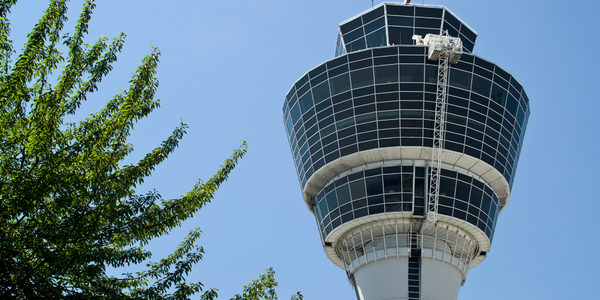
Case Study
Airport SCADA Systems Improve Service Levels
Modern airports are one of the busiest environments on Earth and rely on process automation equipment to ensure service operators achieve their KPIs. Increasingly airport SCADA systems are being used to control all aspects of the operation and associated facilities. This is because unplanned system downtime can cost dearly, both in terms of reduced revenues and the associated loss of customer satisfaction due to inevitable travel inconvenience and disruption.
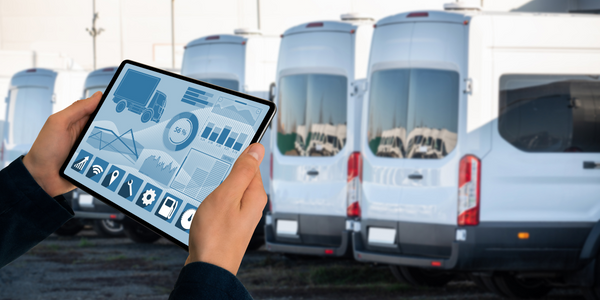
Case Study
IoT-based Fleet Intelligence Innovation
Speed to market is precious for DRVR, a rapidly growing start-up company. With a business model dependent on reliable mobile data, managers were spending their lives trying to negotiate data roaming deals with mobile network operators in different countries. And, even then, service quality was a constant concern.
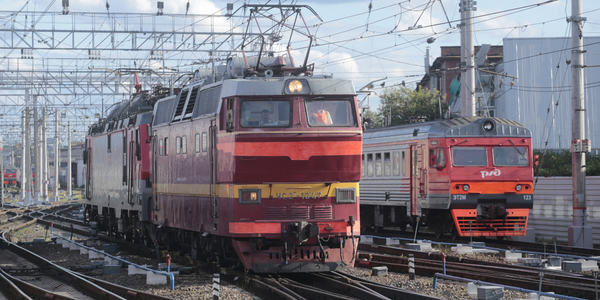
Case Study
Digitize Railway with Deutsche Bahn
To reduce maintenance costs and delay-causing failures for Deutsche Bahn. They need manual measurements by a position measurement system based on custom-made MEMS sensor clusters, which allow autonomous and continuous monitoring with wireless data transmission and long battery. They were looking for data pre-processing solution in the sensor and machine learning algorithms in the cloud so as to detect critical wear.
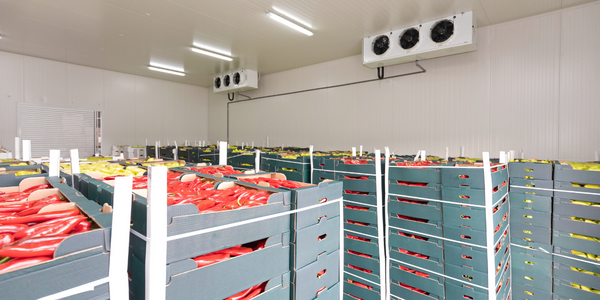
Case Study
Cold Chain Transportation and Refrigerated Fleet Management System
1) Create a digital connected transportation solution to retrofit cold chain trailers with real-time tracking and controls. 2) Prevent multi-million dollar losses due to theft or spoilage. 3) Deliver a digital chain-of-custody solution for door to door load monitoring and security. 4) Provide a trusted multi-fleet solution in a single application with granular data and access controls.

Case Study
Vehicle Fleet Analytics
Organizations frequently implement a maintenance strategy for their fleets of vehicles using a combination of time and usage based maintenance schedules. While effective as a whole, time and usage based schedules do not take into account driving patterns, environmental factors, and sensors currently deployed within the vehicle measuring crank voltage, ignition voltage, and acceleration, all of which have a significant influence on the overall health of the vehicle.In a typical fleet, a large percentage of road calls are related to electrical failure, with battery failure being a common cause. Battery failures result in unmet service agreement levels and costly re-adjustment of scheduled to provide replacement vehicles. To reduce the impact of unplanned maintenance, the transportation logistics company was interested in a trial of C3 Vehicle Fleet Analytics.

Case Study
3M Gains Real-Time Insight with Cloud Solution
The company has a long track record of innovative technology solutions. For example, 3M helps its customers optimize parking operations by automating fee collection and other processes. To improve support for this rapidly expanding segment, 3M needed to automate its own data collection and reporting. The company had recently purchased the assets of parking, tolling, and automatic license plate reader businesses, and required better insight into these acquisitions. Chad Reed, Global Business Manager for 3M Parking Systems, says, “With thousands of installations across the world, we couldn’t keep track of our software and hardware deployments, which made it difficult to understand our market penetration.” 3M wanted a tracking application that sales staff could use to get real-time information about the type and location of 3M products in parking lots and garages. So that it could be used on-site with potential customers, the solution would have to provide access to data anytime, anywhere, and from an array of mobile devices. Jason Fox, Mobile Application Architect at 3M, upped the ante by volunteering to deliver the new app in one weekend. For Fox and his team, these requirements meant turning to the cloud instead of an on-premises datacenter. “My first thought was to go directly to the cloud because we needed to provide access not only to our salespeople, but to resellers who didn’t have access to our internal network,” says Fox. “The cloud just seemed like a logical choice.”




